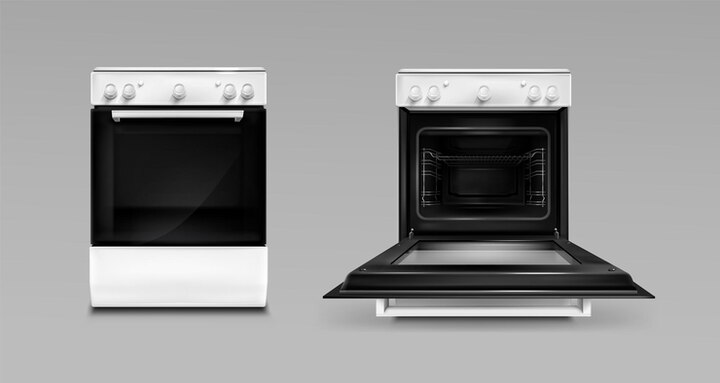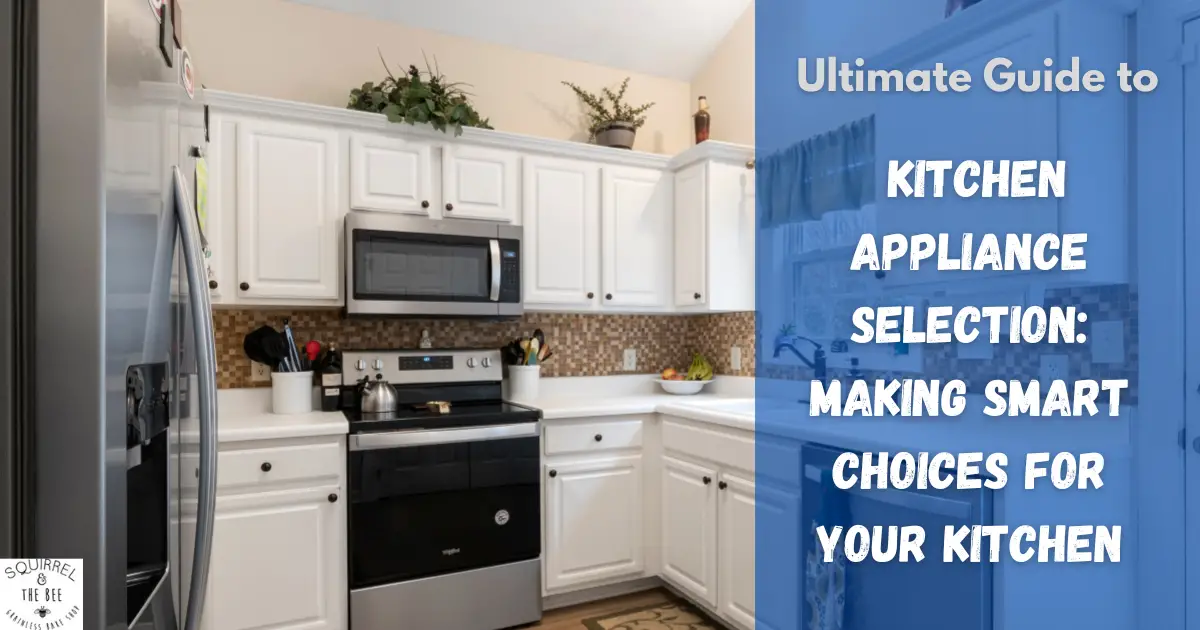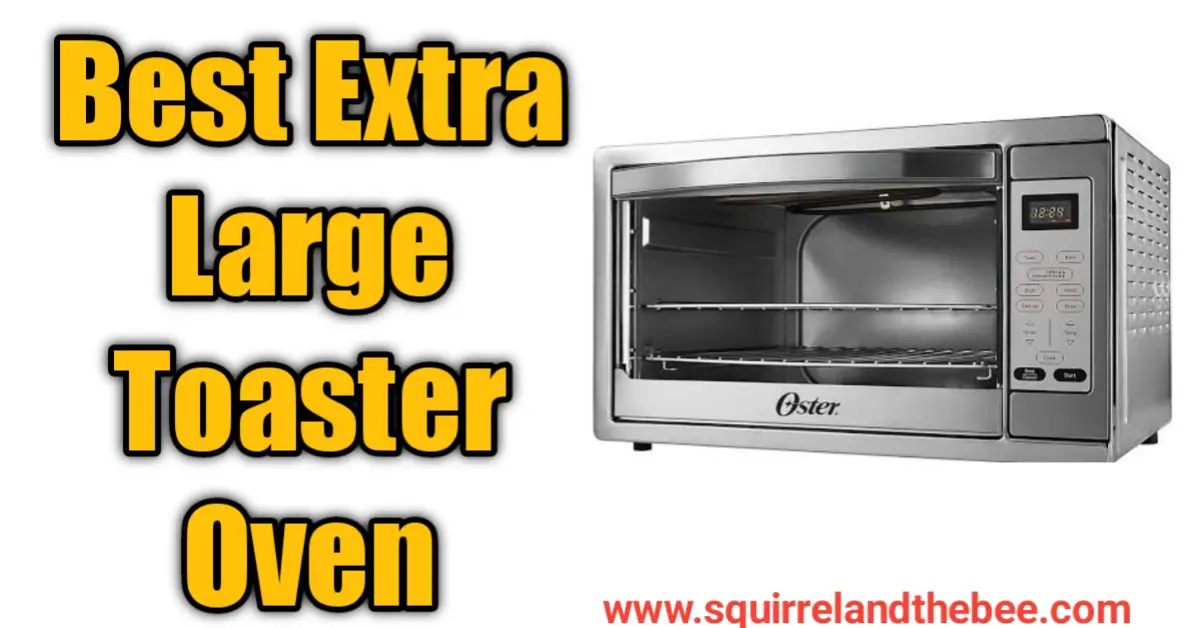Ovens truly are life savers! How Do Ovens Work? Whether you want to bake your favorite cake, roast up a juicy turkey or simply heat or cook your day-to-day meals, ovens make the task of making such finger-licking goodness easy-peasy for you. But have you ever wondered how these amazing machines do their magic? Let’s get into their mechanical and technical details today.
Types of Ovens
Gas Ovens
Although a few hybrids exist, typically, household ovens come in two common varieties- electric and gas. The gas oven works when gas inside the oven is burned that in turn warms up the heating element or the cooking compartment. With the help of an electric lighter, the gas supply is effortlessly ignited and it keeps the air in the oven’s compartments at the selected temperature, set by the thermostat.
The two major types of gas ovens involve either heating strips of metal on the top and bottom of the oven, or directly heating the metal cooking compartment. In both of the processes, thermal radiation is emitted to bake or broil the food. Broiling involves heating the food from the top whereas baking involves heating from the bottom.
Electric Ovens
Similar to gas ovens, electric ovens also come in two variations. A convection style and a standard thermal radiation style oven. They function identically with their gas counterparts. However, in this case, the source of energy is electricity, which passes through the coiled wires of the heating elements.
Convection ovens are fairly similar to the common thermal radiation cookers in terms of construction. But into the mix, a cooling/ air circulating fan is introduced. The fan is a vital component of the oven since it disperses the heat radiated from the heating elements evenly throughout the oven’s cavity. As a result, faster cooking is ensured besides a well-balanced, even cooking environment.
How Does An Oven Work?
To understand more clearly How Do Ovens Work? we need to go further into the details of the ovens described above:
Electric Ovens: The Details
Conventional ovens are the simplest ovens available in the market. They have fairly basic circuitry. Usually, it consists of a thermostat, a selector switch, a cooling fan. Other than these, a broiling element is placed at the top of the oven’s cavity for the broiling function and a baking element at the bottom of the cavity.
When the selector is set to the bake mode, the bottom baking element will begin to warm up the oven. It is controlled by the thermostat. In some cases, the top element works in conjunction with the bottom element, but it does so only periodically for short periods. This way, the heat is uniformly distributed all over the cavity and the food is cooked evenly on all sides.
In a few models, the bake selection turns on the baking element solely, which is particularly useful for cooking casseroles. The broil selection on the other hand starts the broil element only. The broiler cooks food from top to bottom. But like the bottom set of elements, it doesn’t come with a temperature control switch. So, until it’s manually switched off, it will heat up to the highest temperature.
How Do Ovens Work? It’s good to know that the baking element necessarily doesn’t always sit at the base of the oven cavity. Rather, some brands of ovens may have the baking element hidden underneath the oven’s base. Due to this structural arrangement, cleaning spills and food residues becomes a fairly easy task as they don’t lodge against the element or the supporting legs.
Another detail worth taking into account is the dual element assembly of the broil element at the top.
How Does The Thermostat Function?
As soon as the oven is plugged into the electricity source, the desired temperature has to be set using the mechanical dial/ electronic control on the oven. The dial is used to control an internal thermostat. When the temperature is set, the bottom baking elements are notified. The bottom elements regulate the internal temperature of the oven. It sends signals to the thermostat to turn off or on based on the temperature inside the oven’s cavity. The top elements are slightly different since they don’t have temperature control and have to be manually turned on and off.
How Does The Electric Supply Work?
Interestingly, the electric ovens are divided into two systems. They are the heating and controlling systems respectively. The control functions such as the temperature monitoring and current supply to the required circuit at the correct time function with 110 volts AC. Generally, they’re called L1. When the oven needs to generate heat, a second wire called the L2 needs to supply an additional 120V AC to the heating element. Therefore, to effectively heat an electric oven, both of the supply wires that provide 120VAC must function correctly.
Gas Ovens: The Details
Gas ovens, as the name goes, are powered by natural gas. When the temperature knob is turned, the gas passes through the bottom of the oven. Later, the cooker ignition is pressed to produce a spark, which lights the flame. In some models of gas ovens, the temperature knob needs to be pushed and turned to release the gas and light the flame. Once the flame is ignited, the knob also allows the temperature to be set at high, medium, or low.
How Do Ovens Work? At the bottom of the oven, a copper wire is placed that acts as the temperature gauge. When the temperature of the oven is too high, it regulates the temperature by shutting down the burner. On the other hand, when the temperature falls, it starts the burner again. Like electric burners, gas burners usually have a flame at the top of the area where the cooking takes place. It acts as the broiler.
Typically, gas ovens are far economical compared to electric ovens. But oftentimes, they take much longer to cook the food than their electric counterparts as the fans inside the electric ovens speed up the cooking process by evenly distributing the heat.




